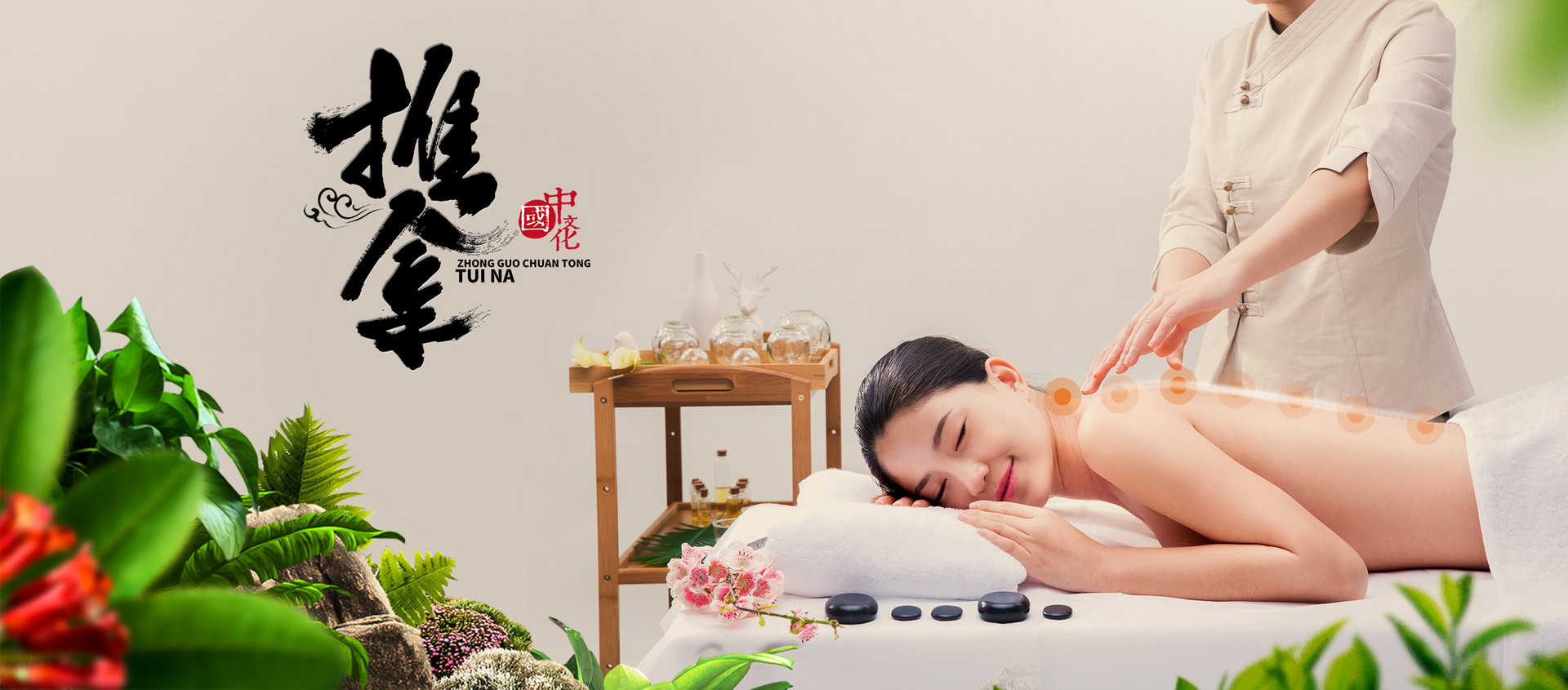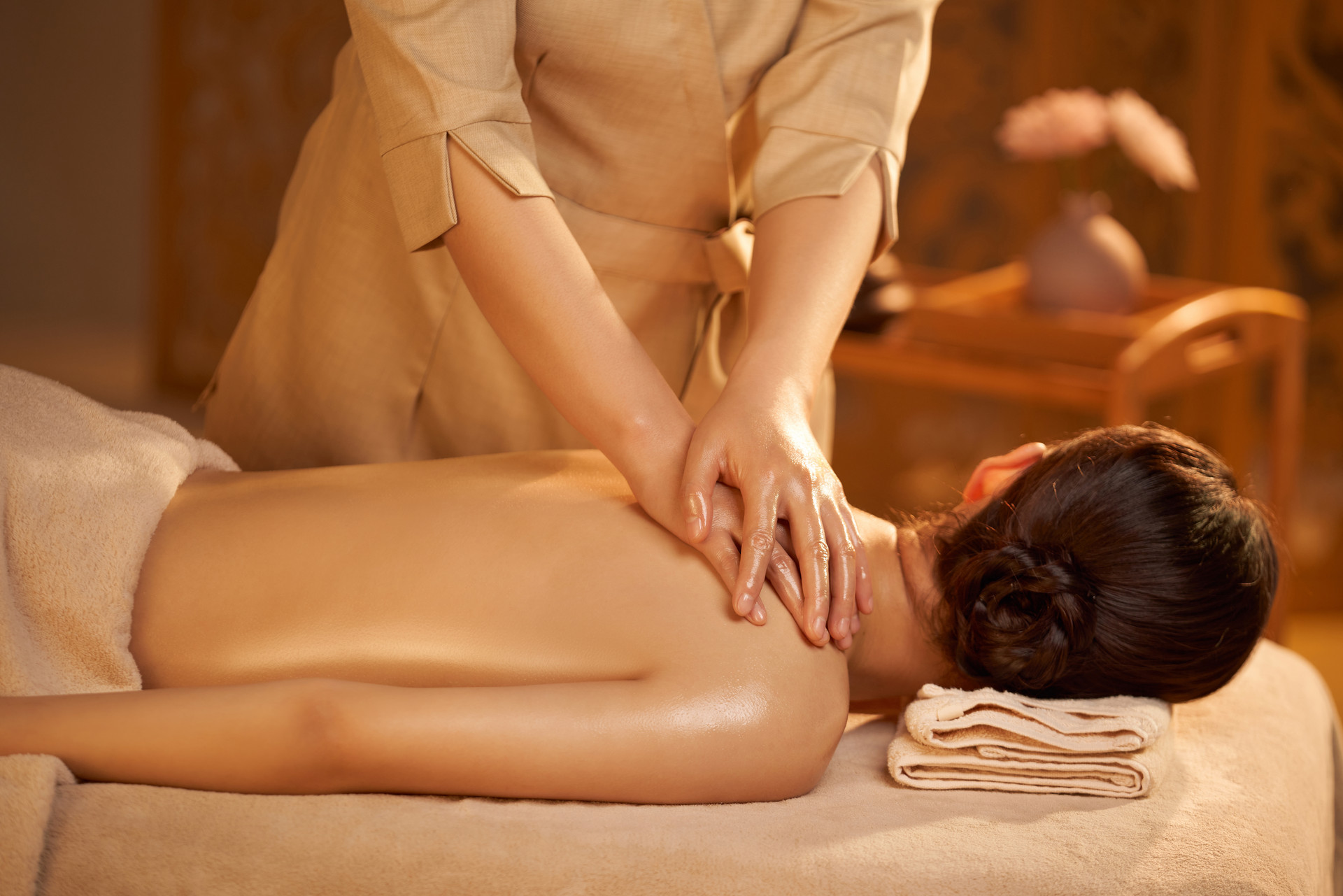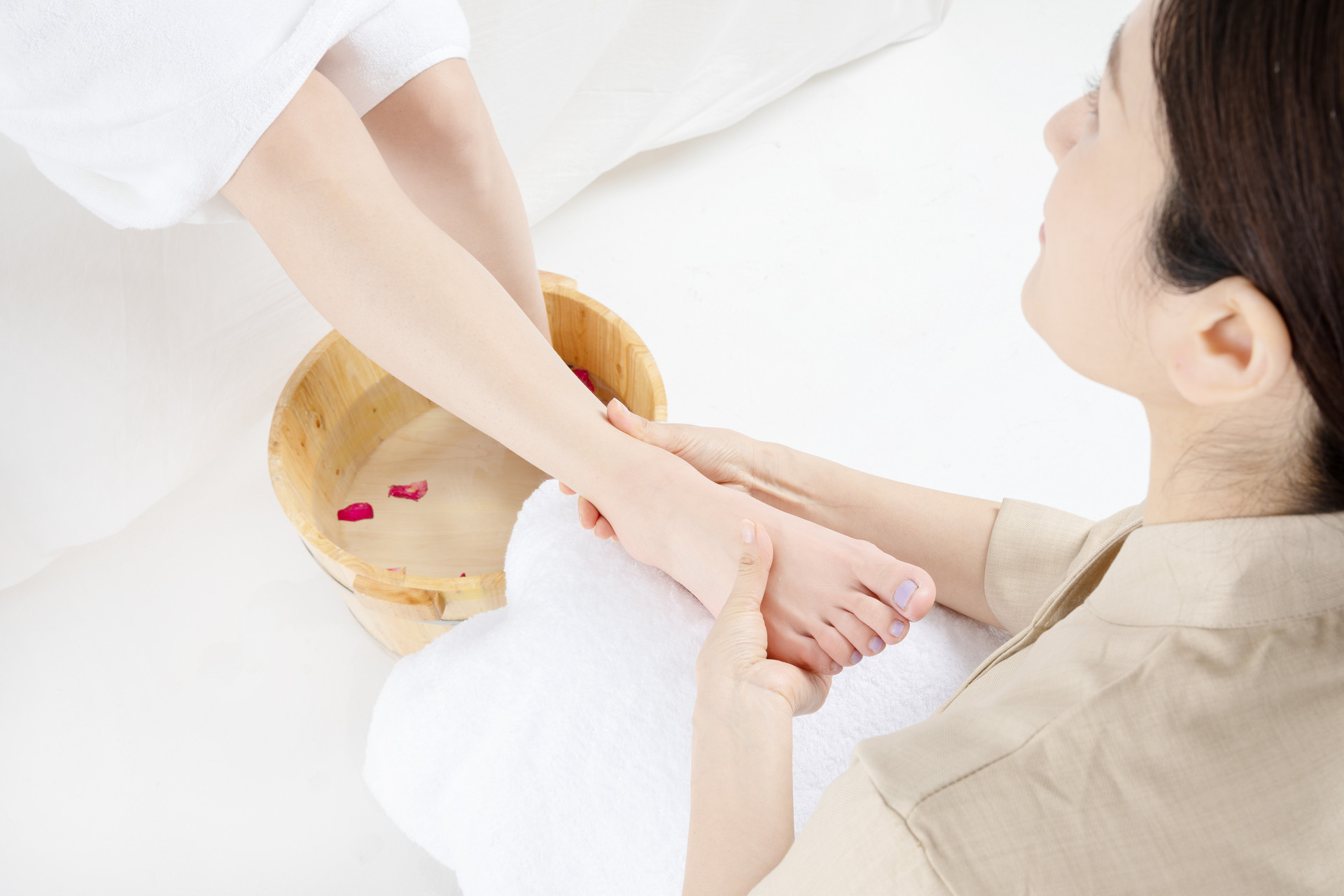Acupoints play a very important role, and when certain parts of the body have problems, there will be corresponding signs in the acupoints. Massaging the Tian Chong acupoint can help relieve toothache.
【Massaging the Tian Chong Acupoint to Relieve Toothache】
Massaging: Use the tip of your index finger to press and knead vertically downwards. If there is a sour or swollen feeling, do this once in the morning and once in the evening.
The Tian Chong acupoint is mainly used to treat head and facial disorders, as well as mental abnormalities such as headaches, tinnitus, gum swelling, stiff neck, epilepsy, palpitations, and startle reflex.
Modern medicine also uses the Tian Chong acupoint to treat vascular headaches and neurosensory hearing loss.
The Tian Chong acupoint is mainly used to treat headaches, epilepsy, gum swelling, and goiter.
Diseases of the central nervous system: headaches, epilepsy;
Diseases of the ophthalmology and otolaryngology system: gingivitis, tinnitus, hearing loss, thyroid enlargement.
【Location of the Tian Chong Acupoint】
1. Standard location:
The Tian Chong acupoint is located on the head, 2 inches directly above the back margin of the ear, and 0.5 inches posterior to the Shuai Gu acupoint.
The Tian Chong acupoint is located on the head, directly above the back margin of the ear, 2 inches into the hairline. Sit upright or lie on your side to locate the acupoint.
2. How to locate the Tian Chong acupoint:
Sit upright with your back against the wall or lie on your side. The acupoint is located above the root of the ear, 2 inches into the hairline, and approximately 0.5 inches posterior to the Shuai Gu acupoint.
3. Acupoint anatomy:
The Tian Chong acupoint includes the skin, subcutaneous tissue, superior auricular muscle, temporal fascia, and temporalis muscle. The skin is innervated by the auricular nerve branch of the mandibular nerve.
Layers of anatomy: skin → subcutaneous tissue → superior auricular muscle → temporal fascia → temporalis muscle.
It is also supplied by the posterior auricular artery and vein.
It is also innervated by the posterior auricular artery and vein, and has branches of the auricular nerve.











